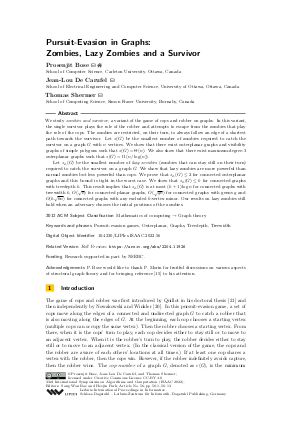LIPIcs.ISAAC.2022.56.pdf
- Filesize: 0.82 MB
- 13 pages

 Creative Commons Attribution 4.0 International license
Creative Commons Attribution 4.0 International license























Feedback for Dagstuhl Publishing